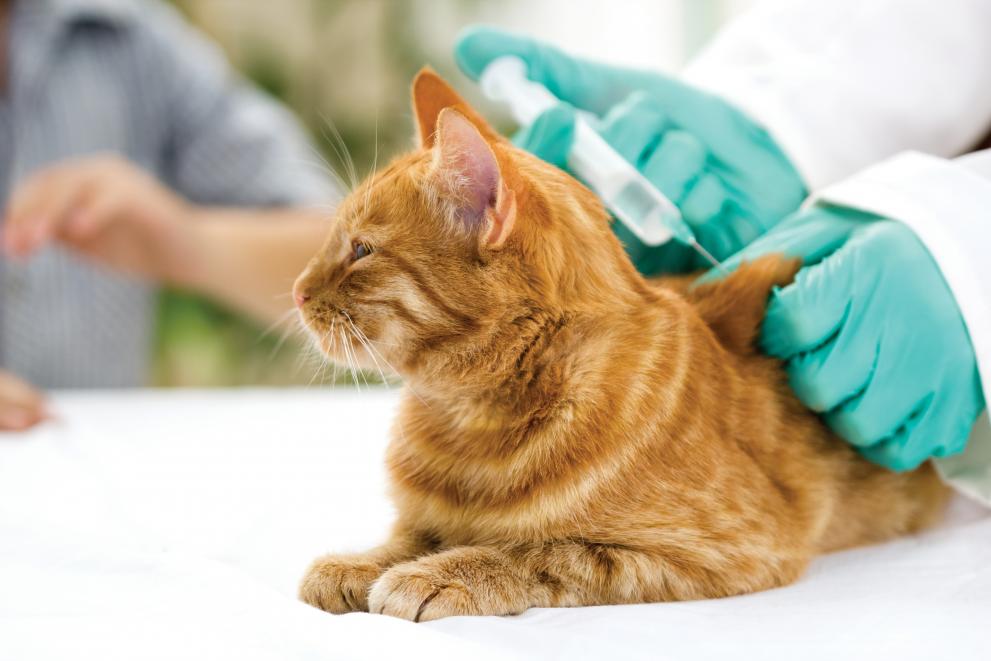
JRC scientists have contributed to a new guideline released by the International Cooperation on Harmonisation of Technical Requirements for Registration of Veterinary Medicinal Products (VICH) to allow the waiving of an unnecessary animal test for batch safety testing of veterinary vaccines.
Vaccines have to undergo strict quality control before they can be put on the market. Such controls have continually improved over the years due to the scientific and technical progress of vaccine manufacturing which has greatly increased the consistency of production batches.
For quality control of vaccines, tests on animals are still required.
One of these tests is the laboratory animal batch safety test (LABST), better known in Europe as the 'abnormal toxicity test', which is performed on mice and guinea pigs.
Over 20 years ago, in 1997, the European Pharmacopoeia deleted the LABST for the quality control of veterinary vaccines due to its lack of scientific and regulatory relevance.
Although not used anymore in Europe, the LABST may still be requested by authorities in non-European countries not adhering to the European Pharmacopoeia. This important guideline paves the way for the waiving of this outdated test worldwide.
Harmonising criteria for waiving of general batch safety tests across VICH regions
VICH is a trilateral (EU-Japan-USA) programme aimed at harmonising technical requirements for the registration of veterinary medicinal products.
From November 2021 onwards, the new VICH guideline (GL59) will allow European manufacturers to apply for a waiver of the LABST when exporting to Japan and USA and regions or countries following VICH guidelines. Implementation of the guideline will therefore significantly reduce the number of animals used for batch release testing.
The JRC's EU Reference Laboratory for alternatives to animal testing (EURL ECVAM) contributed to the development of GL59, on behalf of the European Medicines Agency, together with the Paul-Ehrlich-Institute (Germany) and VICH experts.
The new guideline complements two other VICH guidelines, GL50 and GL55, already implemented since 2018, to harmonise the criteria to waive the target animal safety test (TABST) for live and inactivated veterinary vaccines.
See also
Two new guidelines for the reduction of animal tests for quality control of veterinary vaccines
Related Content
Two new guidelines for the reduction of animal tests for quality control of veterinary vaccines
Details
- Publication date
- 16 December 2020
